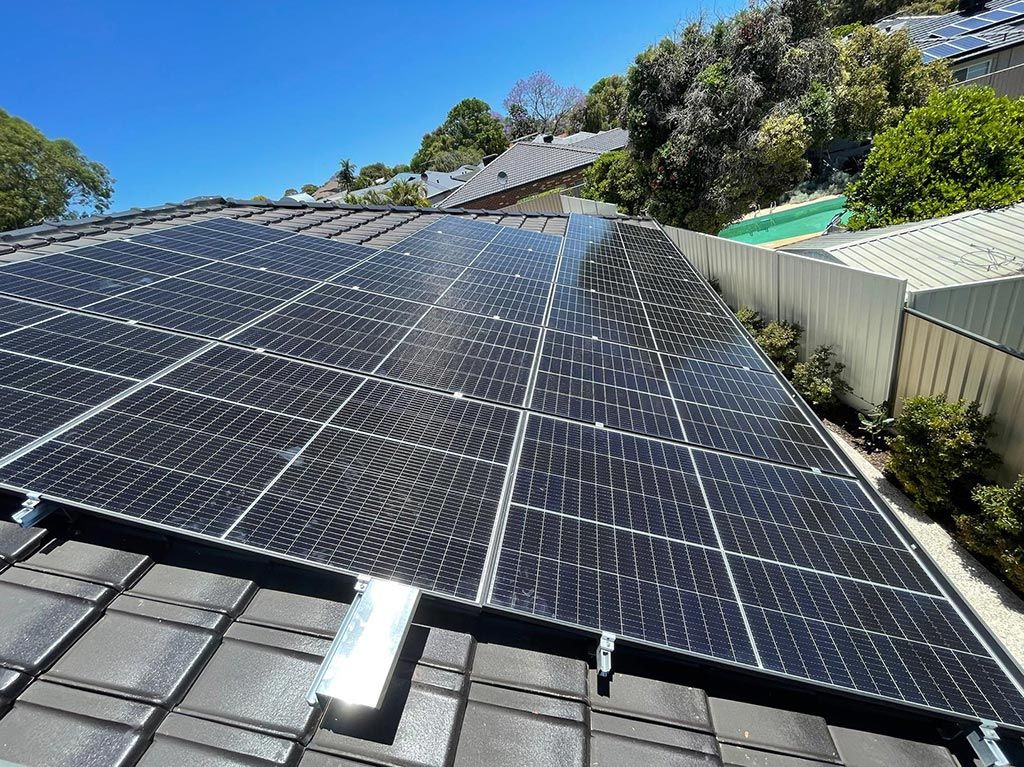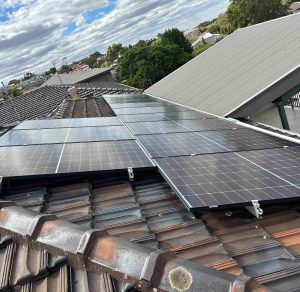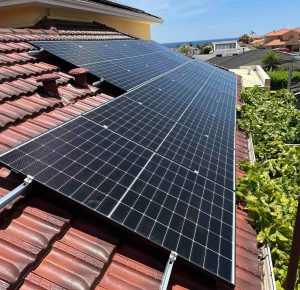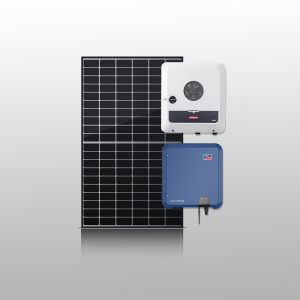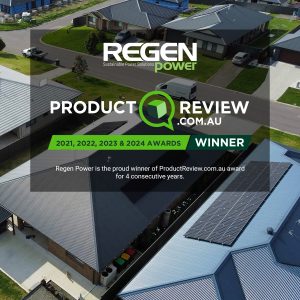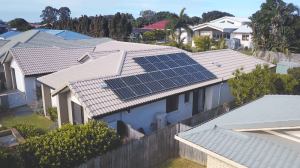Solar photovoltaic (PV) energy becomes the most promising energy source of contemporary time. Australia has experienced a staggering increase in the installation of solar panels. Most interestingly 20% of Australian homes have roof-mounted solar panels.
According to the data provided by Clean Energy Regulator says that one in four Australian homes have roof-mounted solar panels. This shows that a roof-mounted solar panel is an excellent option. You don’t have to worry about losing active areas on your property while choosing rooftop solar panels. Moreover, the financial cost of the rooftop solar panels is less compared to the ground-mounted solar system.
Do rooftop Solar Panels have safety issues?
Rooftop solar panels ensure easy and faster installation. In addition to that, the rooftop installation provides limited access to the panel so that your children will be absolutely safe. However, roof-mounted solar panels can cause a peril, like any other source of electricity. Electrocution or shock is the primary concern that you have to take precautions while installing the solar panels.
Solar modules generate up to 600 volts of Direct Current electricity on sunny days. That is to say, the intensity of a hazard may progress rapidly when several modules are connected in series.
One of the major concerns when installing the PV panel is its impact on the combustibility of the overall roof structure. In addition to these concerns, you have to anticipate environmental risks such as heavy hail wind load, ice load, frost-heave and water intrusion, and ponding.
Before installation is considered, a thorough solar panel risk assessment should be carried out. The poor-risk mitigating strategy may increase the hazard exponentially. Therefore a thorough risk assessment will help you to prevent solar panel damage and to keep yourself away from each hazard.
Best practice for Prevent Solar Panels Fire Risk
Fire hazards or the combustibility of the roof is a major concern when considering the rooftop. Contrary to the popular belief, solar panels typically are not the source of fire.
In Australia, the residential fire-linked with solar panels is just 1.5 percent. This shows that the risk of fire hazards linked with rooftop solar panels is comparatively less.
Risk mitigation of sweeping fire should be the prime concern at the design stage to prevent solar panel fire risk. In general, fire hazards are the result of electrical arcing like faulty wiring or improper installations. Electrical arcing leads to the emission of considerable heat which may cause overheating and a fire.
The best way to prevent electrical arcing is to leave the installation of solar panels in the hands of professionals. Certainly, you should also take care to use high-quality products.
Concern about rooftop DC isolator
In terms of components, rooftop DC isolators have been blamed for causing fire on the roof-mounted solar panels. A rooftop DC isolator is a switch situated near to solar panel array. The switch shuts off the DC current between the solar panels and the inverter. This is a mechanism for safety.
DC isolator is mandatory by Australian standards. A defective photovoltaic junction box is the second main cause of fire hazards linked with solar panels. The photovoltaic junction box is located on the rear side of the solar panel and enables electrical connection via MC4connector.
Photon Magazine has recorded no more than one incident per 10,000 installations. This emphasis that solar panels cause an extremely low fire hazard. You can prevent a hazard by ensuring proper installation and well maintenance.
Environmental Risks
The direct exposure to the outdoor environment may pose additional risks to the rooftop solar panels. One of the major concerns is the snow load. Snow does not always slide off solar panels which poses a threat.
Heavy snow load on the existing solar panels can weaken the roof and leads to potential collapse. To avoid such a situation snow load should be calculated by assessing the factors like climate, roof pitch angle, and altitude of your location.
Wind load is the second major environmental risk. Solar arrays act like a sail and it is capable to alter turbulence. To cope with the wind pressure, solar panels and the supporting roof structure should be designed according to the wind load.
Tunnel testing can be used to calculate the wind load. In most cases, snow load and wind load do not pose a critical threat for flush-mounted solar panels on sloped residential roofs.
The formation of radial ice layers around the structural elements may pose risk to the solar panel. This affects both the design of the solar racks and the supporting roof structure. Water intrusion and ponding may cause damage to the solar panel.
Anchor holes are used to attach roof frames to the existing building and these holes are typically sealed. However, a seal may break due to various factors like the vibration of the panel due to wind pressure and thermal expansion and contraction.
As a result water intrusion may happen and this affects the strength of the structure. Solar racks may cause disturbance to the drainage path, particularly on flat roofs. As a result, water ponding may take place which leads to accelerated delamination, cracking, and sagging of the roof.
Best practices for Environmental Risks
The structural design of most solar panels provides adequate protection to withstand the most environmental risks.
However, you can take a few steps to avoid unwanted damage. Vegetation pruning surrounding the solar panel helps to increase the panel’s ability to absorb sunlight.
Prevent short outs by regular checking of panel’s seals and resealing any that are fading. Weather protection features like lightning rods can be installed to protect solar panels from strikes.
Monitoring and maintenance of the solar system
The key factors to maintaining a solar PV system are regular monitoring of the panel’s performance through the data logger and cleaning the panels around 6-10 times per year.
Above all, the most important aspect to avoid a peril linked with the rooftop solar panels is proper installation. Poor installation and faulty equipment may cause roof damage.
Always ensure the system is designed and installed by clean energy council-approved companies and licensed technicians, adhering to industry best practices and regulations.
By selecting a professional installer, you can prevent solar panel damage while unloading from the truck and moving to the Roof. In addition to that, regular monitoring and annual maintenance should be carried out according to the manufacturer’s specifications.
Related Article:-
German or Chinese panels, which is good for rooftop solar systems?
How to choose the best solar panels for rooftop solar system
